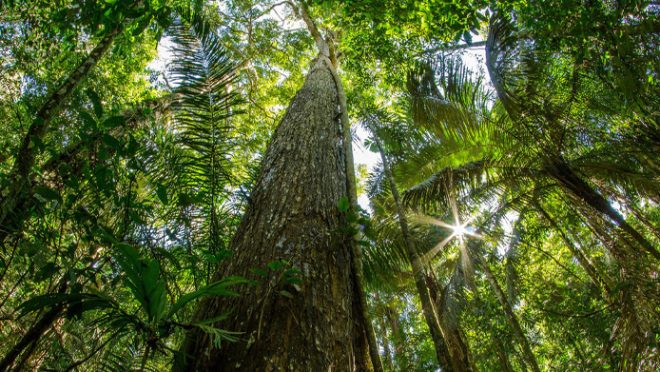Two rare arboreal snake species discovered by scientists in Bangladesh
Two rare arboreal snake species discovered by scientists in Bangladesh

In the quiet forests of southeastern Bangladesh, researchers searching the branches above streams and bamboo groves have identified two species of tree-dwelling snakes never before documented in the country.
The discoveries, published this week in the peer-reviewed journal Check List, add to the country’s reptile record and underscore the role of protected forests in conserving species that are rarely observed.
Between November 2023 and October 2024, researchers surveyed Kaptai National Park and the Dudpukuria-Dhopachari Wildlife Sanctuary, habitats of mixed evergreen forests. Their attention was on arboreal snakes, which are little studied in Bangladesh, says the Miami Herald.
“Snakes are one of the least studied groups of animals in Bangladesh,” the authors wrote.
The team confirmed the presence of Dendrelaphis cyanochloris and Dendrelaphis haasi, both non-venomous members of the genus Dendrelaphis, or bronzebacks. The snakes are described as slender, fast-moving and primarily tree-dwelling.

Dendrelaphic cyanochloris is green, olive and blue. Photo: Rana, et al (2025)
One D. cyanochloris specimen was found resting 12 feet above a sandy stream on a small branch. Another was located on a bamboo stem over a rocky stream. “Animals preferred sleeping on tiny branches positioned directly over streams, likely as an adaptive strategy to minimize risk of predation and take advantage of favorable conditions,” the paper noted.
The snake has an olive-green to bronze body with black-edged scales that create a “fish-net pattern.” When the body expands, blue scales become visible. The species feeds on small lizards and frogs, lays three to five eggs in tree crevices, and is active during daylight hours.
D. haasi, by contrast, was encountered resting at night on thin bamboo branches near streams and occasionally close to human habitation. It is marked by an olive body, golden-brown head and a red tongue tipped with black.
“We observed D. haasi predominantly in a resting position at night, on thin bamboo branches interspersed with bushes and medium-sized trees near streams on hill slopes,” researchers said.

Dendrelaphis haasi is olive, black and cream. Photo: Rana, et al (2025)
Both species are known from India and Myanmar, but had not previously been confirmed in Bangladesh. D. haasi was described only recently, making its broader range “particularly notable,” the authors wrote.
“The confirmed presence of these species in the Dudpukuria-Dhopachari Wildlife Sanctuary and Kaptai National Park highlights the role of protected areas in harboring cryptic or overlooked taxa,” the paper said.
The researchers cautioned, however, that habitat loss, forest degradation and human-wildlife conflict remain significant threats to arboreal snakes.
The study was carried out by Md. Shohel Rana, Sajib Biswas, Ashis Kumar Datta, Sharmin Akhtar and Md. Kamrul Hasan.


